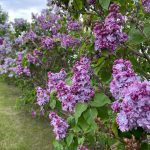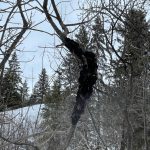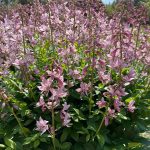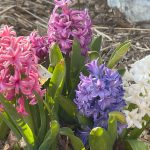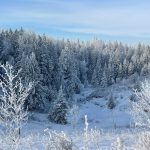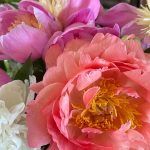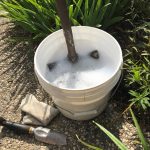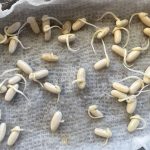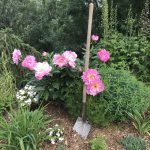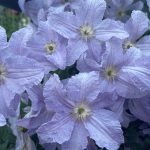Grow Luscious Lavender with These Tips!
Lavender, that romantically fragrant flowering plant from the Mediterranean region, is an herb for every gardener’s collection. If you’re looking to grow lavender in your garden, it’s important to follow my tips and ensure your lavender grows bountifully!
Just a gentle stroke against lavender’s foliage, whether by hand or foot while passing, releases its captivating aroma.
This low-maintenance plant thrives equally well in the ground or pots, adapting effortlessly to compact spaces and balconies.
Let’s dive deeper into the world of Lavender and uncover how to cultivate it successfully.

Want the inside scoop on more gardening tips? Get early access to all my blogs and exclusive content by signing up for my newsletter!
Historical Uses of Lavender

The use of Lavender in essential oil production dates back centuries.
It has been documented for its properties as an insecticide, disinfectant, and deodorizer.
Commonly found in cosmetics such as soaps and lotions, Lavender also plays a significant role in culinary applications, notably in baking; and dried Lavender flowers lend themselves beautifully to everlasting floral arrangements.
Is Lavender a Zone 3-4 Perennial?
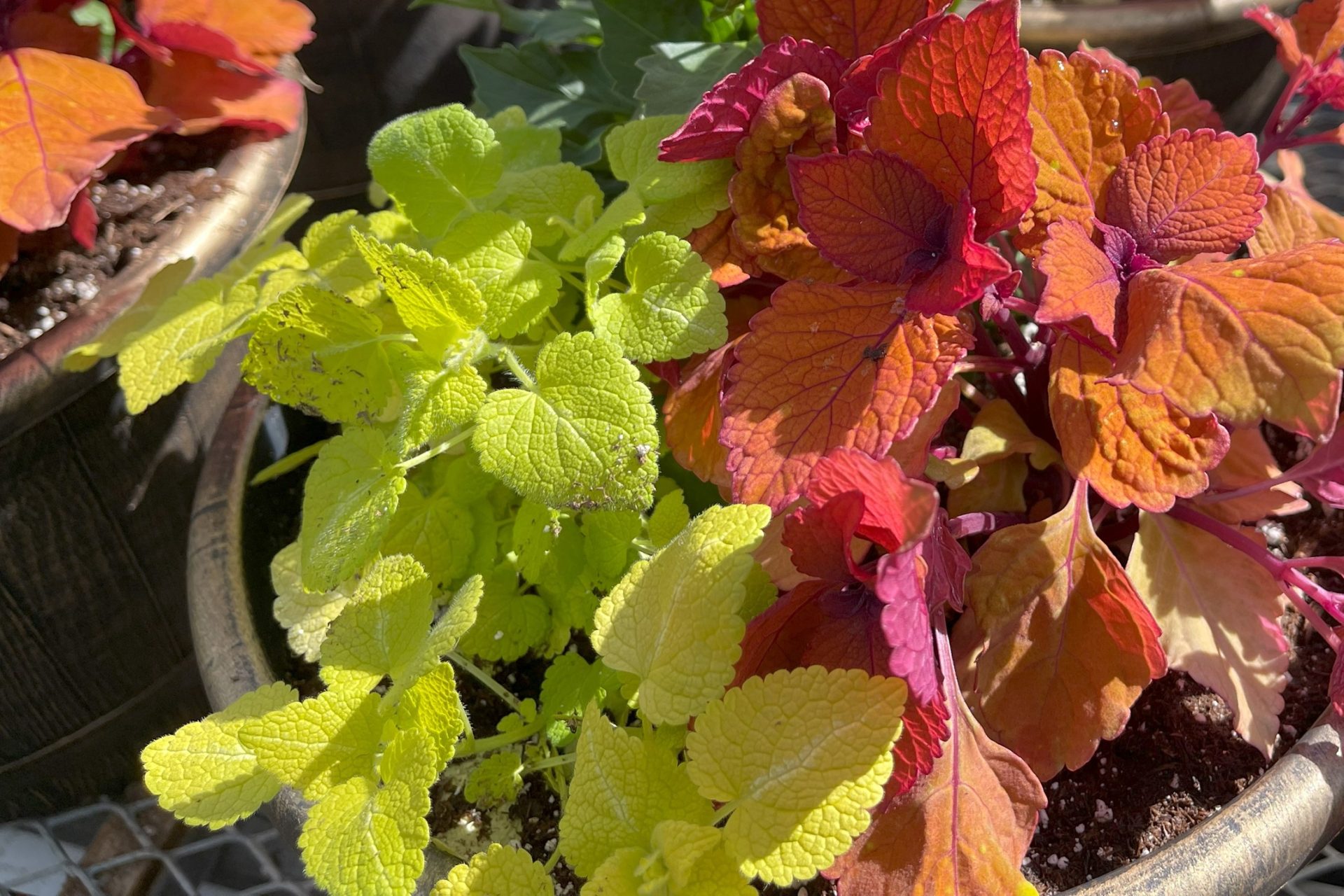
Known as Lavandula in Latin, this plant belongs to the Lamiaceae family. Its other family members include the familiar Lamium ground covers, which commonly used as annuals and perennials in growing zone 3-4 gardens.
Most Lavender species are typically suitable for zones 5 to 7, with a few varieties rated to plant hardiness zone 4, but they are very tender.
The environmental conditions must be perfect for Lavender to overwinter in growing zones 3-4. I consider it a bonus if a Lavender plant overwinters, but I never count on it.
Learn more about growing zones in What are Plant Hardiness Zones and What do They Mean?.
Growth Facts About Lavender
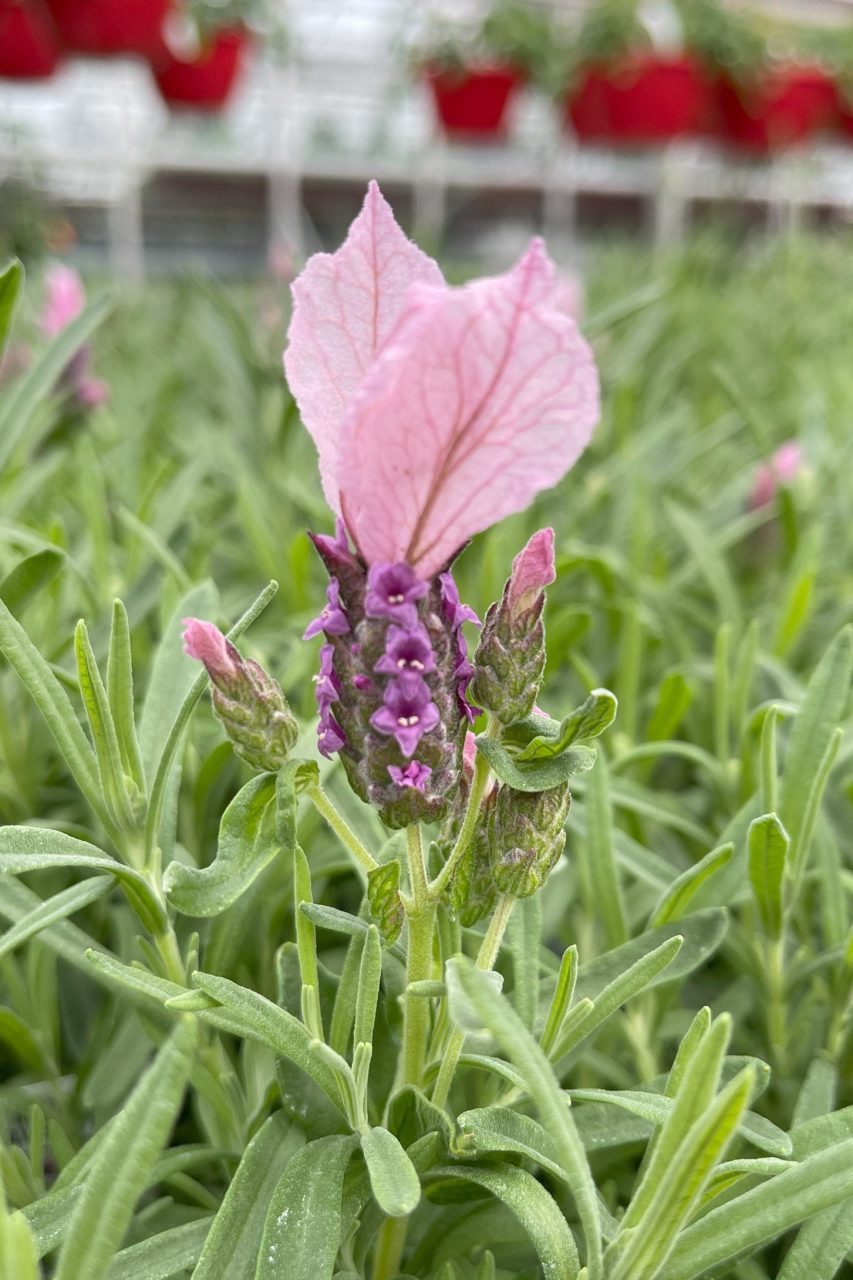
Lavender plants can reach heights of 1 to 3 feet, boasting a spectrum of colour hues ranging from soft pinks to deep purples.
In regions where Lavender thrives year after year, taller varieties can resemble shrubs.
The entire plant — flowers, leaves, and stems — emits a fragrant aroma that repels most insects and some mammals, such as deer and rabbits.
However, not all insects avoid Lavender.
It also attracts beneficial insects, such as Ladybugs, who are particularly fond of its scent.

Want the inside scoop on more gardening tips? Get early access to all my blogs and exclusive content by signing up for my newsletter!
Tips for Growing Lavender

The cultivation of Lavender is relatively straightforward, bearing in mind that it originates in the Mediterranean warmth.
Lavender’s Preferred Sun Exposure
Lavender thrives best in partial to full sunlight conditions.
Lavender requires a minimum of 6 hours of direct sunlight, but 8 hours or more is optimal.
Ideal Temperatures for Growing Lavender
Preferring warmth, Lavender flourishes in areas with ample heat, hovering in the mid to high 20s C, particularly in containers where the elevated placement keeps their roots cozy and warm.
For ground planting, ensure a sheltered, sunny location.
Best Soil Conditions for Lavender

Fertile, well-draining soil is essential for Lavender’s well-being, as the plant detests having wet feet.
ProMix HP potting soil, which stands for high porosity, is a good selection for growing Lavender (#unsponsored).
Alternatively, consider adding extra perlite to the soil to improve drainage.
For more on perlite and its benefits for improving soil drainage, see, Perlite vs Vermiculite: What are the Differences?
As a drought-tolerant plant, allow the soil to dry between waterings to prevent root rot.
Fertilizing Lavender
Lavender will benefit from weekly fertilization, especially if grown in pots.
Use natural fertilizers like Nature’s Source, organic fertilizers or balanced fertilizers like 20-20-20 or 15-30-15.
Related: How to Understand Fertilizer Labels, What is the Best Way to Fertilize Plants?
Is Lavender on Your List this Spring?
Fragrant flowers are my favourite because they add another dimension to the delight of their beauty.
If you have yet to grow Lavender, consider trying it this year! It’s a beautiful plant that you can dry and enjoy year round! If you have any other questions about how to grow lavender, sign up for my newsletter for new tips or to contact me!
©Sharon Wallish Murphy ©Gardening with Sharon


